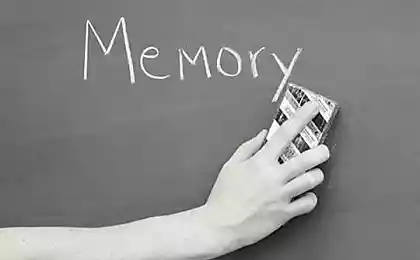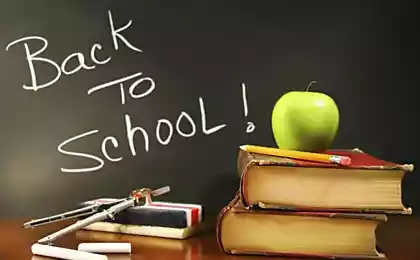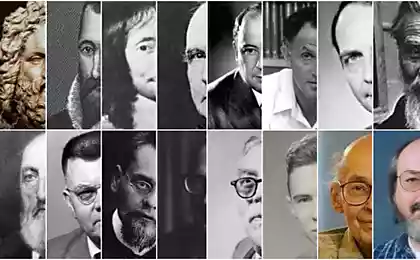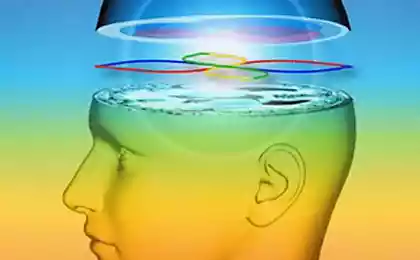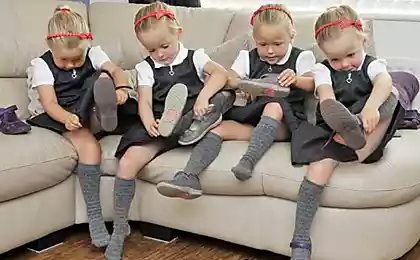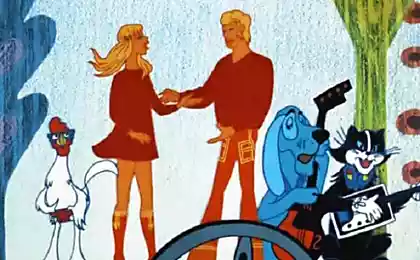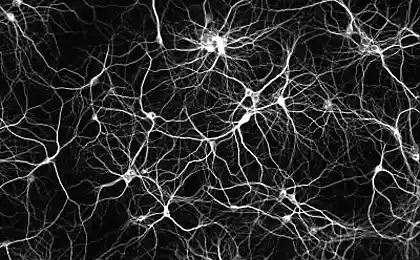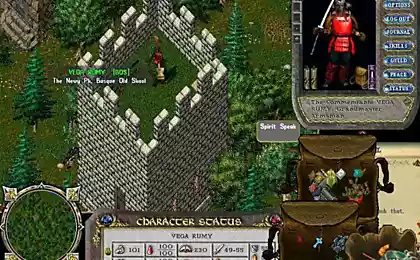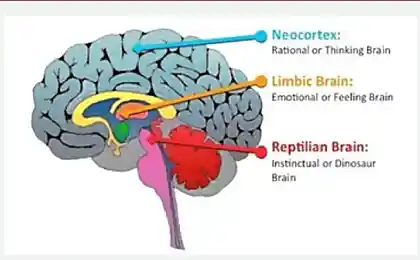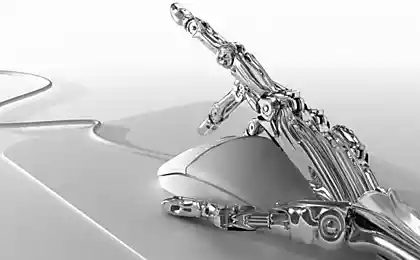205
Slum genius children: How a Teacher Created a Computer-Free School of the Future

The revolutionary method of development of intelligence
In one of the city's poorest neighborhoods, where most children lack access to modern technology, an educational revolution has taken place. A teacher named Ramesh decided that the lack of computers and resources should not be a barrier to the development of intelligence. He developed a unique method of teaching based on the use of simple subjects, games and active work with the imagination.
Ramesh’s methodology emphasizes the development of creative and logical thinking, memory and concentration. The teacher believed that these skills are the key to success, regardless of social status. Thanks to his approach, children who had never seen a computer began to show results comparable to those of students from elite schools.
The basis of the technique was the work with available materials: stones, sticks, sheets of paper and chalk. These simple tools were used to create games and exercises that helped children develop memory, logic and the ability to solve complex problems. The results exceeded all expectations: Ramesh’s students began to win at national competitions and amaze scientists with their abilities.

Games for developing supermemory
One of the key elements of Ramesh’s methodology is memory-enhancing games. Here are some exercises that were used at school:
- The game "What's Missing"? The children were shown several objects, then removed one and asked to remember what was missing. This exercise helps to develop visual memory.
- Associations: Students were asked to associate new words or concepts with familiar images. For example, to remember the word “tree,” a child would associate it with branches or leaves.
- Number readings: The children memorized sequences of numbers by creating short stories or rhymes. This method improves long-term memory.
- Repeating the chain of words: Players take turns adding words to the chain, repeating the previous ones. It develops attention and memory simultaneously.
Simple exercises to activate both hemispheres of the brain
To activate both hemispheres of the brain, Ramesh developed special exercises that can be performed even at home.
- Drawing with two hands: The child simultaneously draws mirror images with both hands. This exercise improves coordination between the hemispheres of the brain.
- Crosssteps: Standing, the child raises his right leg and reaches for it with his left hand, then changes sides. This movement stimulates the work of both sides of the brain.
- Reading and drawing: At the same time, read the text and draw figures on paper. This helps to develop multitasking.
- Ball game: Throw the ball with numbers, letters, or colors. This helps train the reaction rate and activates both hemispheres of the brain.
Results that shocked scientists
When scientists began investigating the Ramesh school phenomenon, they were amazed at the results. Slum children demonstrated extraordinary abilities in logic, memory and even creative contests. At the same time, all their successes were achieved without the use of computers, tablets or other modern equipment.
One study found that Ramesh-trained children had higher scores of cognitive flexibility and creativity than those from elite schools. Scientists have come to the conclusion that the active use of simple objects and games develops imagination and the ability to adapt to different conditions.
These results prove that technology is not the only path to intellectual development. Even with limited resources, you can achieve great results if you use the right methods.
How to apply these methods to your children
If you want to use the Ramesh method for your children, start with simple steps:
- Create a game environment: Use the materials at hand to come up with games and tasks that develop logic, memory and creativity.
- Apply associations: Teach children to remember new information through associations with familiar concepts.
- Include physical exercise: Crosssteps, ball games and drawing with both hands all help activate both hemispheres of the brain.
- Develop multitasking: combine different activities, such as reading and drawing, to train attention and coordination.
- Maintain interest: Choose games and tasks that suit your child’s interests to make learning fun and motivational.
Conclusion
The history of the Ramesh School is an inspiring example of how geniuses can be created even in the most challenging environments. His technique shows that intelligence and creativity can be developed without the use of sophisticated techniques, simply by activating the natural abilities of children.
Try adapting these techniques to your children and you will see their mental abilities begin to blossom. After all, the main thing is the desire to learn and find joy in the process of learning!
The Singing Children phenomenon: How a Thai Village Cured Everyone From Depression
Wonder Garden in a Bottle: How to create an ecosystem that lives 50 years without care
